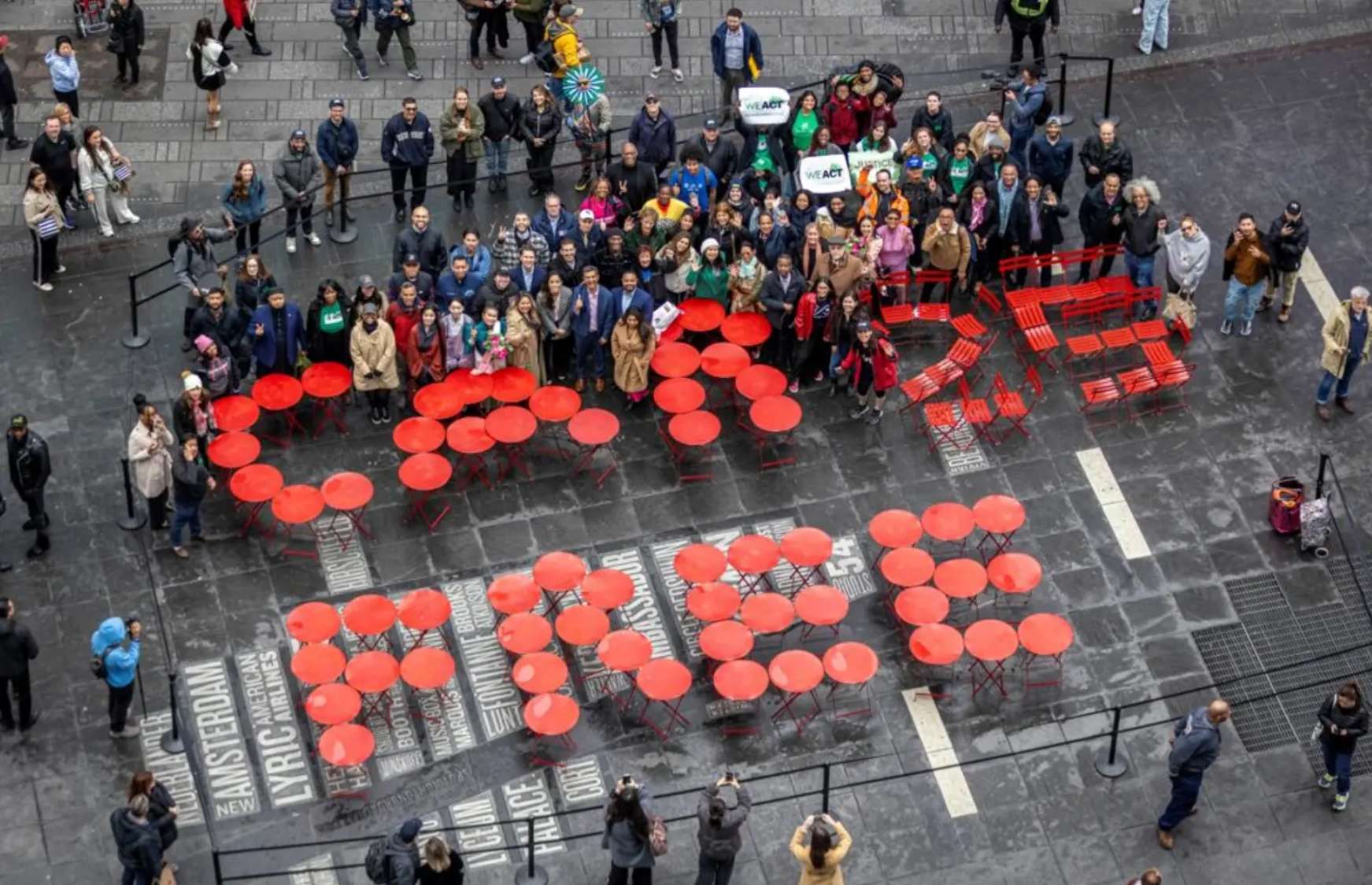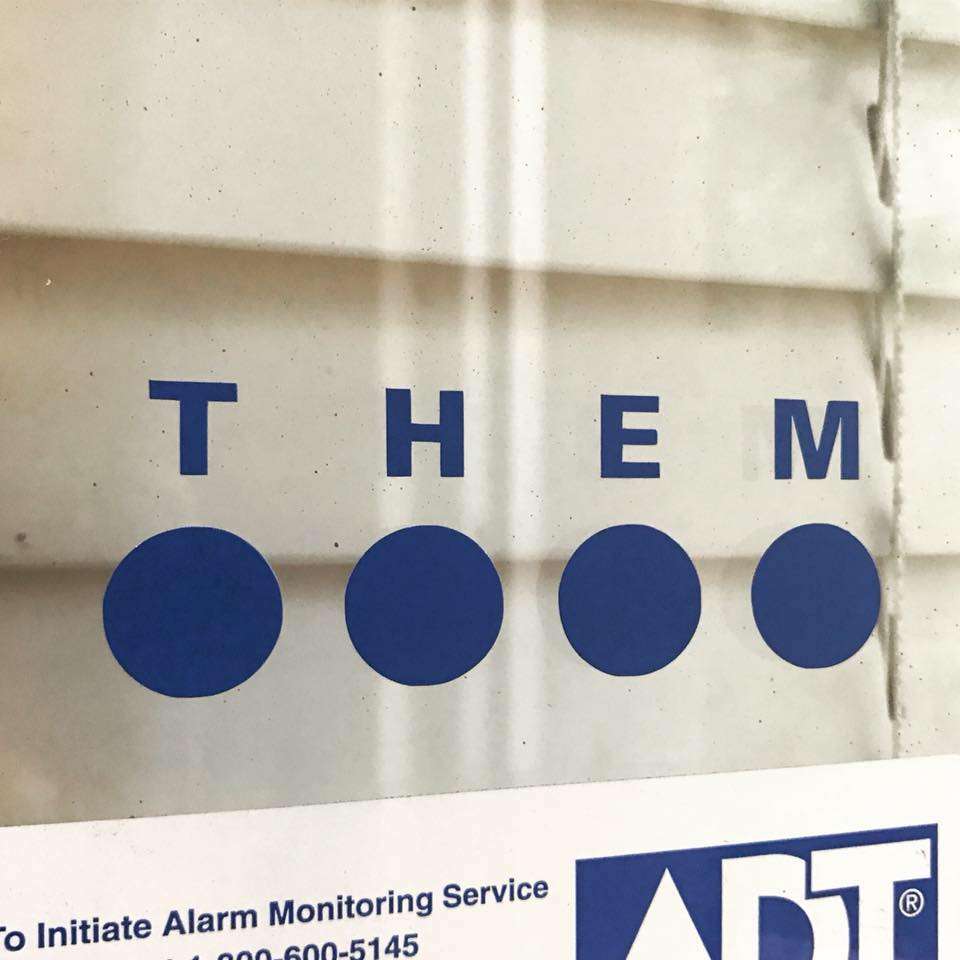Rollerblading, also known as inline skating, became a popular recreational activity and sport in the 1980s and 1990s. However, since then, it has declined in popularity, with fewer people participating in the activity. In this article, we will explore the history of rollerblading, its rise to popularity, and the reasons for its decline.
History of Rollerblading
Inline skating has a long history, dating back to the 18th century, when John Joseph Merlin, a Belgian inventor, created the first inline skates. However, it wasn’t until the 1980s that inline skating became popular as a recreational activity and sport.
The modern inline skate was invented in 1979 by Scott and Brennan Olson, two brothers from Minneapolis, Minnesota. They called their invention the Rollerblade, and it quickly became popular among hockey players and speed skaters.
In 1983, Rollerblade, Inc. was founded by Scott Olson and became the first company to manufacture inline skates. The company’s skates were initially designed for athletes but soon became popular with the general public. By the mid-1990s, Rollerblade was a household name, and inline skating had become a popular recreational activity and sport.
Popularity of Rollerblading
Inline skating’s rise to popularity was due to a combination of factors. One of the main reasons was its accessibility. Inline skates are relatively easy to use and require minimal equipment, making them an affordable and accessible activity for people of all ages and abilities.
Another reason for inline skating’s popularity was its versatility. Inline skating can be done in a variety of settings, including parks, streets, and indoor rinks. This versatility made it a popular activity for both urban and suburban residents.
Inline skating also gained popularity due to its association with other sports, such as hockey and roller derby. Inline skates were often used for off-ice training by hockey players, and many roller derby skaters began using inline skates as a way to improve their skills.
Decline in Popularity
Despite its popularity in the 1990s, inline skating’s popularity began to decline in the early 2000s. There were several reasons for this decline, including:
- Overexposure – Inline skating was heavily marketed in the 1990s, and as a result, it became overexposed. People began to see it as a fad rather than a legitimate sport or activity.
- Lack of innovation – Inline skating technology did not evolve at the same pace as other sports. As a result, there was a lack of innovation in the industry, making it less attractive to consumers.
- Competition – Other recreational activities, such as skateboarding and BMX biking, began to gain popularity in the early 2000s, competing with inline skating for participants.
- Safety concerns – As more people began to participate in inline skating, there was a corresponding increase in the number of injuries. This led to concerns about the safety of the activity, which may have deterred some people from participating.
- Economic recession – The economic recession of the early 2000s also played a role in the decline of inline skating. As people became more frugal, they may have been less likely to spend money on recreational activities.






Add a comment